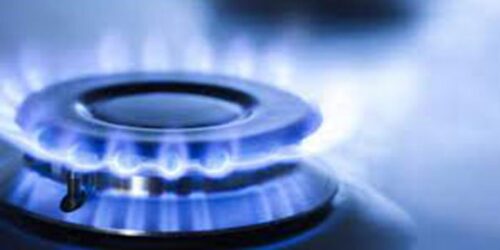In Pakistan, gas demand is increasing and production contracting, creating supply gaps and shortages.
Gas is a convenient, clean and non-polluting fuel. At present, there is no substitution of gas in the domestic and industrial sectors. The fact is that 60% of Pakistan’s gas needs emerge out of the non-power sector.
There can be different views on the use of gas or liquefied natural gas (LNG) in power production, where substitutions are possible like coal, hydro or renewable energy such as solar or wind. Currently, the LNG market share is 25% out of gas sales of about 5 billion cubic feet per day (bcfd). If local production does not increase or does not at least maintain its current level, LNG imports will acquire a level of 4-6 bcfd.
In such a big and evolving market, a monolith LPG regime cannot meet the emerging and diverse needs. There would be site and draft issues, port congestions, short-term shortages, transmission bottlenecks, diversification, safety and security issues apart from political issues.
A variety of options may be required to meet the varying requirements and challenges. Following options are available that can be utilised in specific situations that are emerging and will emerge in future.
Land-based terminal
In this type, there is an LNG jetty wherein an LNG ship parks. Liquid LNG is pumped from the LNG ship to the LNG cylindrical tank storages built near the jetty. LNG storages are built in Ni-steel lined concrete vessels, double-walled; insulation material is filled within the two vessel walls.
Thus, LNG is pumped through the vacuum insulated and lined LNG pipes into these cement-steel vessels. The regasification system is similar to that of a Floating Storage and Regasification Unit (FSRU). As many vessels can be built as required or the space may allow.
Typical volume of the storage vessel is 150,000-180,000 m3 as against the LNG carrier ship volume of 260,000 m3. Two or more vessels are routinely constructed to match the capacities. Regasification may be done through sea water open rack vaporisers as used in FSRUs or heat exchangers may be utilised for capturing waste heat from nearby power or other plants, reducing energy consumption.
All initial LNG terminals built in Europe, Japan and India were land-based and FSRUs are a later day invention; and FSU even later. Bangladesh has floated a tender recently for a land-based LNG terminal with capacity of 7.5 million tons per annum (MTPA), expandable to 15 MTPA (FSRU is normally of a capacity of 5 MTPA).
India has most of its LNG in the form of land-based terminals. Its Dahej terminal has a capacity of 15 MTPA or 2 bcfd. Pakistan can also have a land-based terminal starting at 7.5 MTPA and expanding to 15 MTPA. Countries are building all types, land-based and FSUs, depending on the individual situation and circumstances. Main advantages of land-based terminals are local labour and material usage, gradual expansion possibilities and larger storage, and higher safety and security.
Cheaper debt financing possibility for land-based terminals at 4% as opposed to leasing rate of 12% for FSRU makes it quite competitive as well.
Floating Storage Unit (FSU)
Normally, used LNG tankers are used for this purpose. Such vessels may be 5 to 15 years old and usually have structural integrity, although engine may be out of order.
Such vessels are normally available at a cost of around $50 million or at a charter rate of $20-25,000 per day. These vessels can be used in consonance with existing FSRU depending on the availability of excess regasification facilities. Alternatively, separate regasification facilities can be built either on land or on a barge or on the jetty itself. It is the cheapest option both in terms of initial capital expenditure or leasing. There are, however, issues limiting the use of this option.
Small LNG carriers
Small capacity LNG carriers with lower draft requirements are available along with the availability of regasification facilities on barge (FSRB). These facilities have smaller implementation times and can be installed in difficult site circumstances such as lower draft, space, safety, etc. These can also be shifted to different sites.







